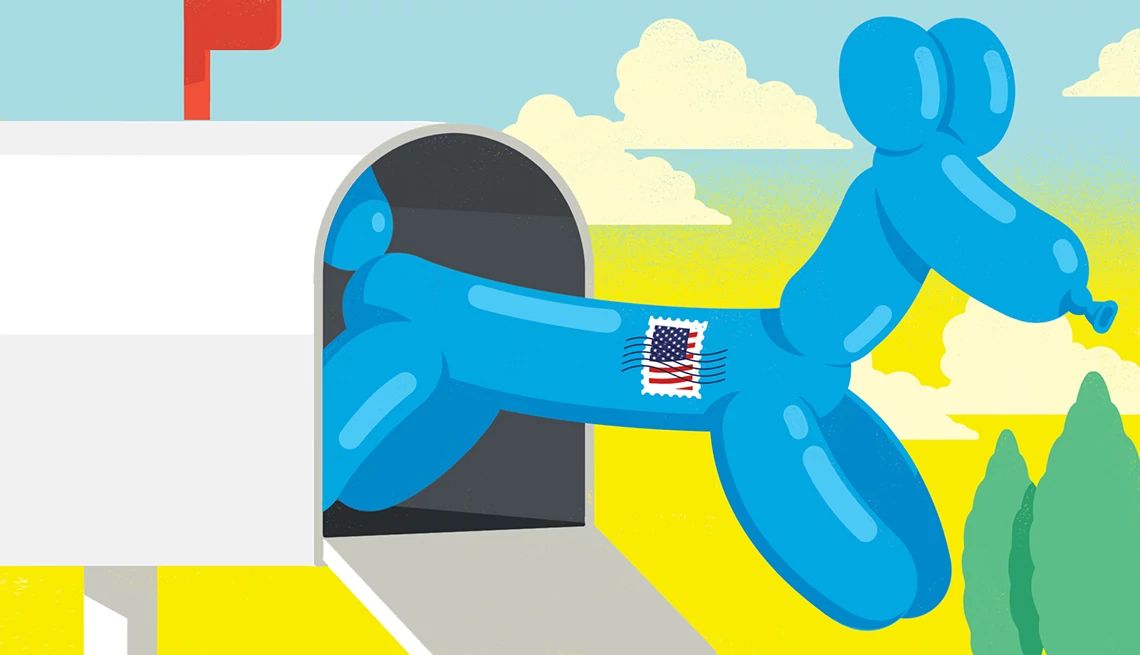Play all audios:
You can ship inflated balloons in the mail without packaging — though there’s no guarantee they’ll arrive at their destination without popping first. Chris Gash Facebook Twitter LinkedIn
Love it or hate it, the U.S. Postal Service (USPS) has a rich history — and there’s a lot you may not know about this nearly 250-year-old institution.
Here are some surprising facts about the post office.
The watering hole, owned by Richard Fairbanks, primarily collected mail between the Colonies and England. When it opened in 1639, letters cost a penny apiece to mail.
The first postagestamp, introduced in 1847, featured Benjamin Franklin.
Franklin was appointed the first postmaster general by the Continental Congress in 1775. His salary: $1,000, or about $41,500 today. He held the job for a year before being dispatched to
France to serve as an ambassador to the court of King Louis XVI.
The post office invented ZIP codes.In 1963, the Postal Service introduced the Zoning Improvement Plan (ZIP) code to better process and deliver increasing volumes of mail. ZIP codes allowed mail to be sent to specific streets,
homes and businesses. The largest ZIP code in the continental U.S. is 99734 in Prudhoe Bay, Alaska, measuring 30,683 square miles.
It delivers more mail and packages than any otherpostal service in the world.
The U.S. Postal Service processes and delivers an astonishing 44 percent of the globe’s mail. It serves nearly 169 million addresses nationwide, covering every town, city and state. The
longest daily delivery route is rural Route 001 in Sidney, Montana, at 195.2 miles.
AARP (Getty Images) It doesn’t deliver mail only on land.A 45-foot boat delivers mail to ships traveling along the Detroit River. The vessel has the only floating ZIP code in America.
The smallest full-service post office occupies an8-by-7-foot shed in the Florida Everglades.
The tiny outpost can accommodate only one worker at a time. Clerks have reported sightings of snakes, alligators, bears and other wildlife on the premises.

